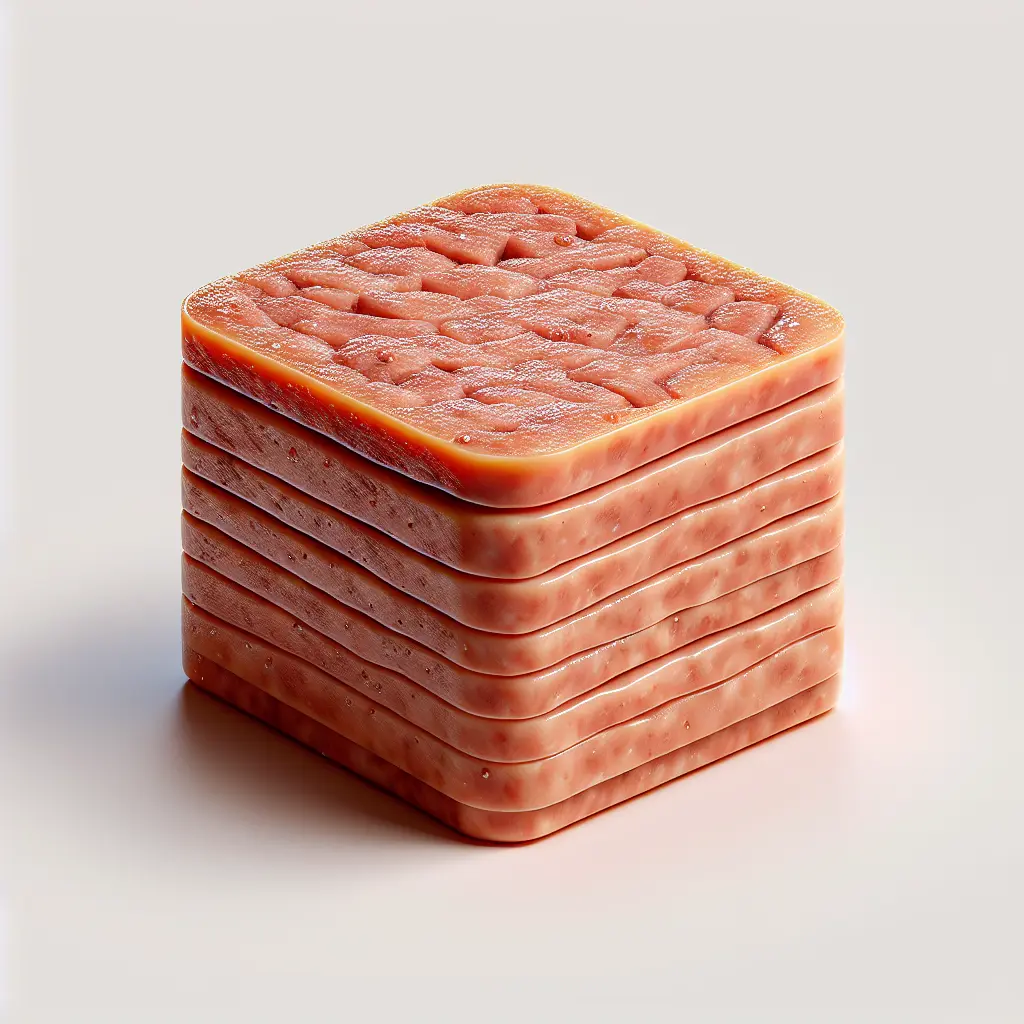The History of Spam
Spam was first introduced in 1937 by the Hormel Foods Corporation. It was originally marketed as a low-cost, shelf-stable meat product that could be easily stored and transported. During World War II, Spam became a staple food for American soldiers and was also shipped to Allied countries as part of food aid programs.
After the war, Spam continued to gain popularity as a convenient and affordable meat option. It was often used in budget-friendly recipes and became a symbol of American ingenuity and practicality.
Nutritional Value of Spam
A 2-ounce serving of Spam contains approximately:
- Calories: 176
- Protein: 7.5 grams
- Fat: 15 grams
- Carbohydrates: 2.6 grams
- Fiber: 0 grams
- Sugar: 0 grams
Spam is a good source of protein and fat, but it is also high in sodium and saturated fat. It is important to consume Spam in moderation as part of a balanced diet.
Versatile Uses of Spam
Spam is an incredibly versatile ingredient that can be used in a variety of dishes. It can be fried, grilled, baked, or microwaved. Spam can be added to sandwiches, salads, pasta dishes, and casseroles. It can also be used as a pizza topping or as a filling for tacos or burritos.
Popular Spam Recipes
- Spam Musubi: A Hawaiian dish consisting of grilled Spam slices on top of rice, wrapped in seaweed.
- Spam Fried Rice: A classic dish made with Spam, rice, eggs, and vegetables.
- Spam Burgers: A unique take on the classic burger, using Spam as the patty.
Spam in Popular Culture
Spam has had a significant impact on popular culture. It has been featured in movies, TV shows, and music. The Monty Python sketch "Spam" is one of the most famous comedy sketches of all time. Spam has also been used as a metaphor for junk mail or unwanted electronic messages.
Conclusion
Spam is a unique and versatile canned meat product that has been enjoyed by people of all ages for decades. Its rich history, nutritional value, and endless culinary possibilities make it a true American icon. Whether you enjoy it fried, grilled, or in a casserole, Spam is sure to add a touch of flavor and nostalgia to your meal.
How many calories are in Spam?
Each 2 oz 1 NLEA serving of Spam contains 176 calories.
Spam Nutritional Information
| Nutrient | Amount per 2 oz 1 NLEA serving (56g) |
|---|---|
| Calories | 176 Calories |
| Protein | 7.5g |
| Fat | 15g |
| Saturated Fat | 5.6g |
| Cholesterol | 0.04mg |
| Carbohydrates | 2.6g |
| Dietary Fiber | 0g |
| Sugar | 0g |
| Sodium | 0.79mg |
| Potassium | 0.229mg |
| Calcium | 0mg |
| Iron | 0.0004mg |
